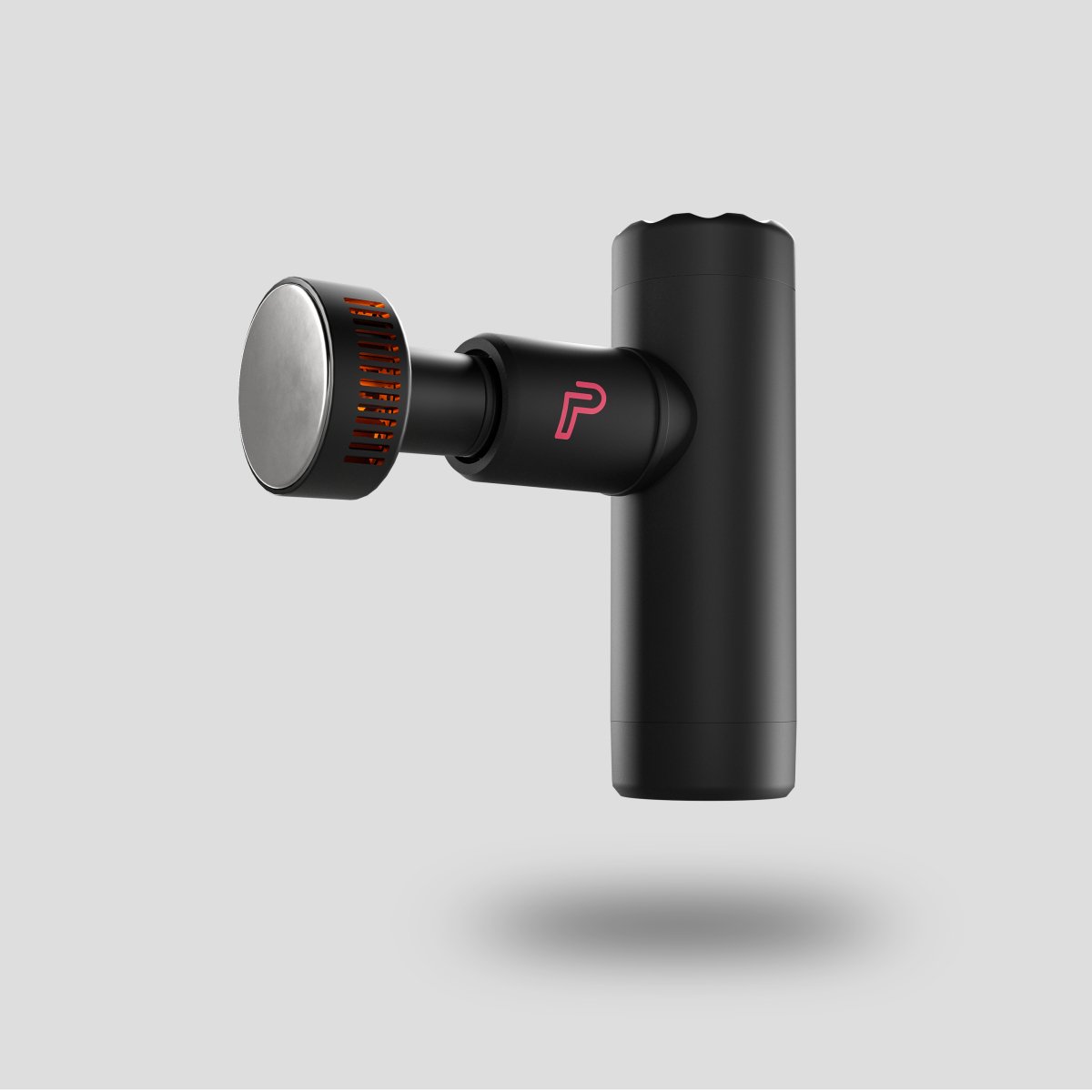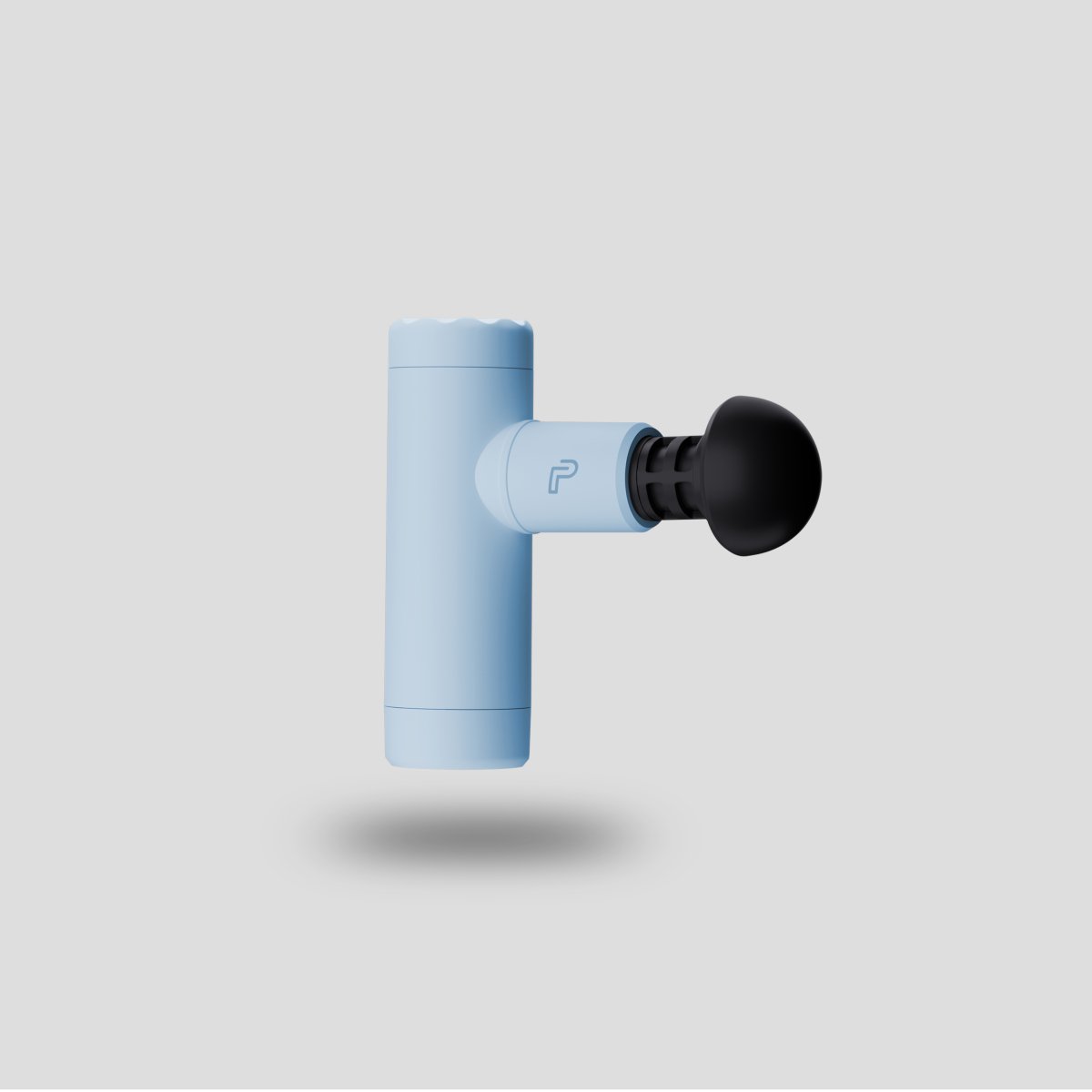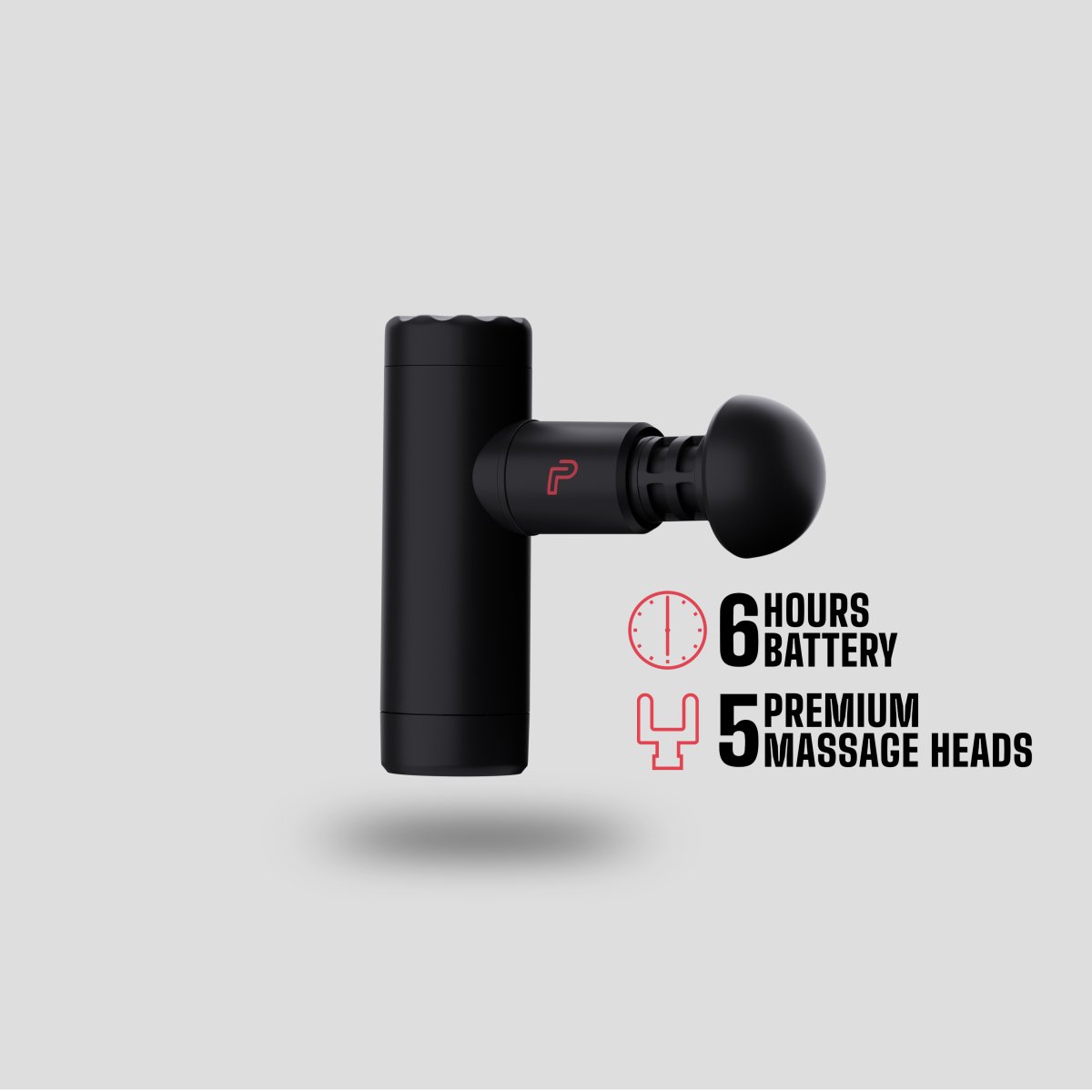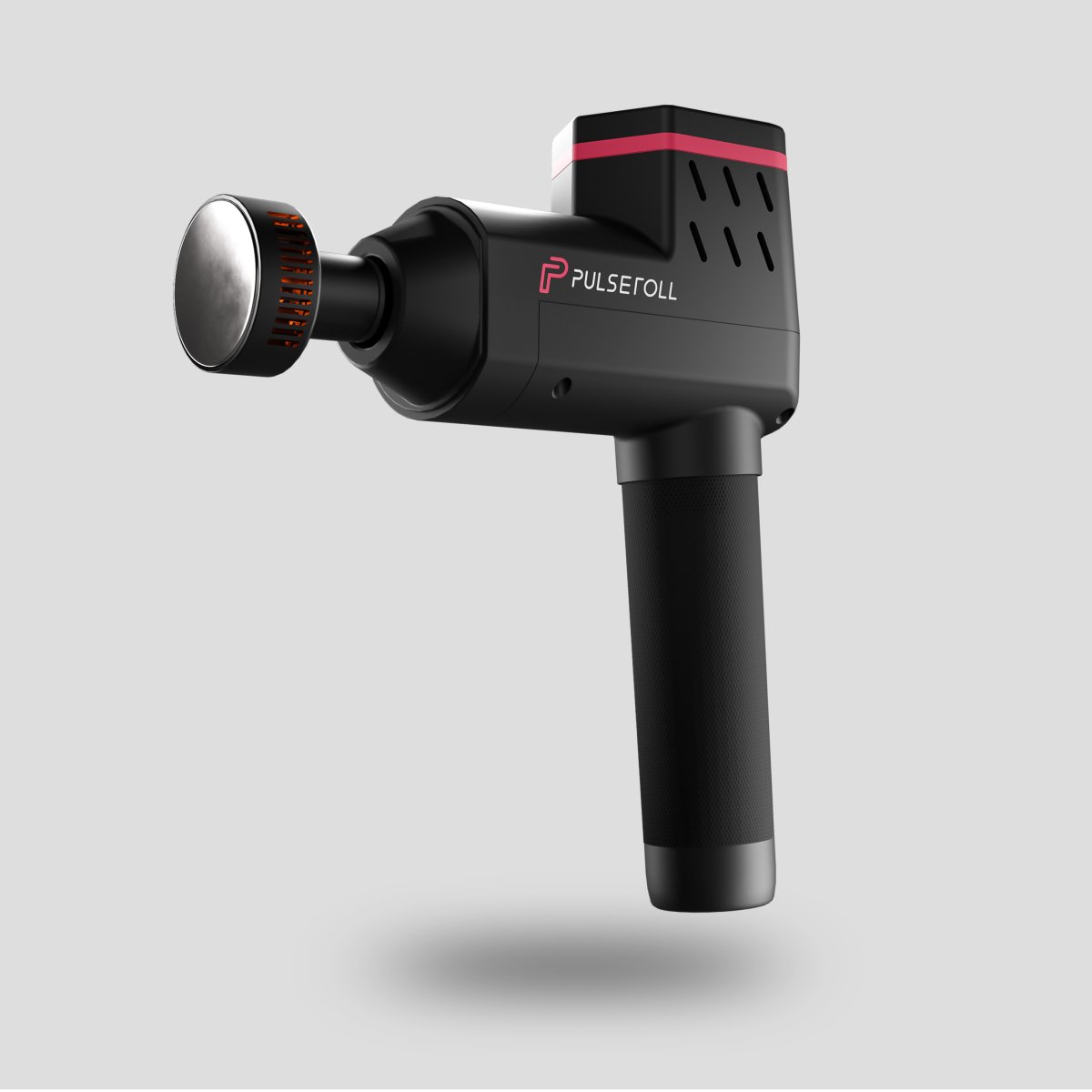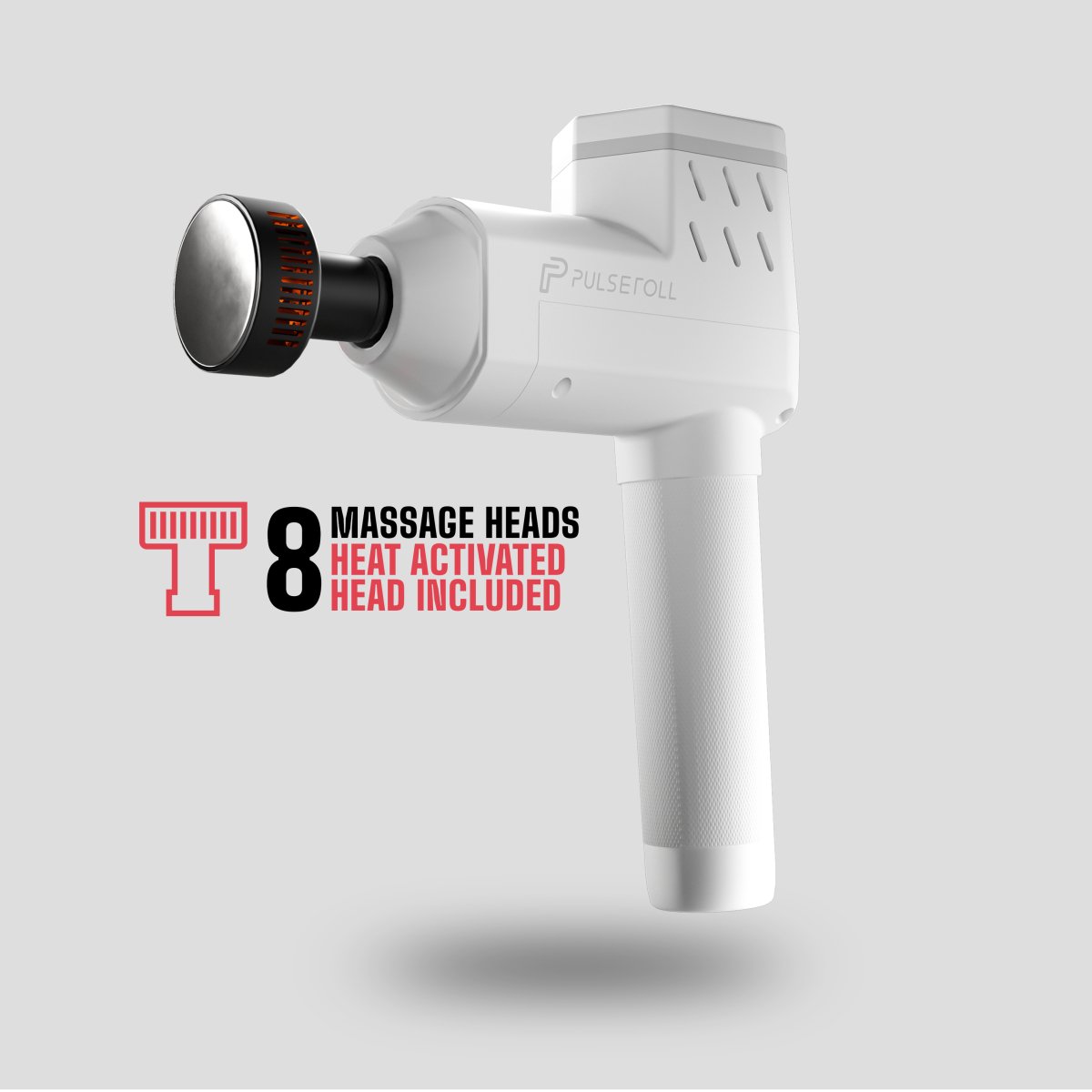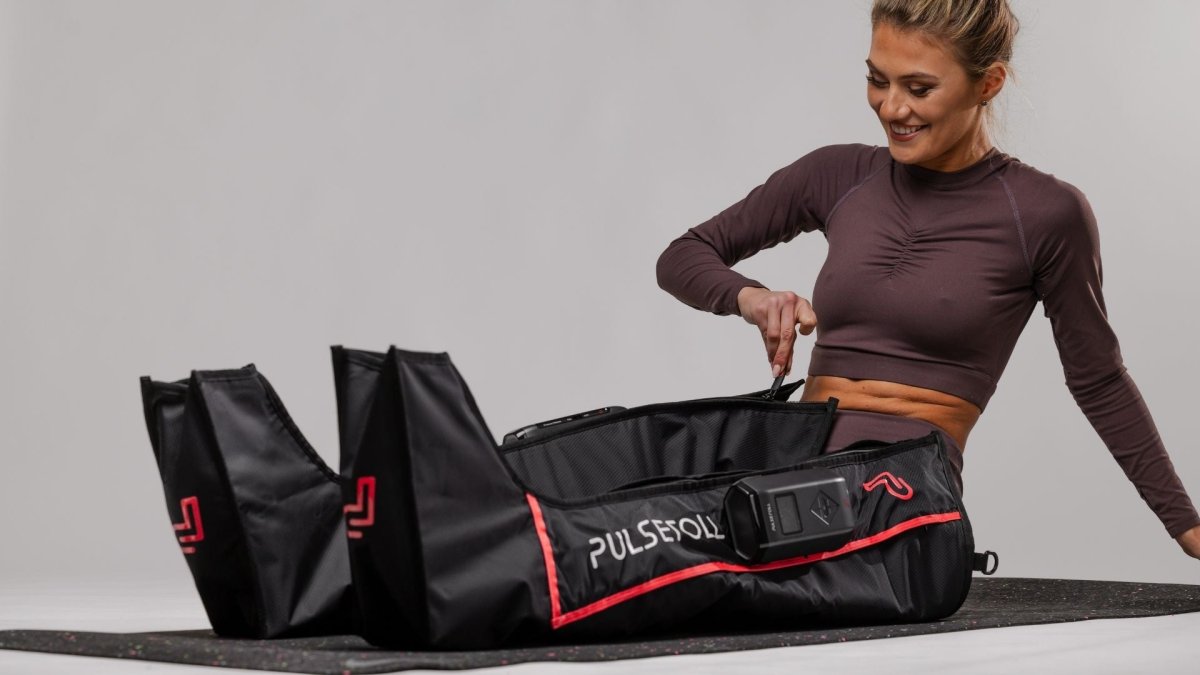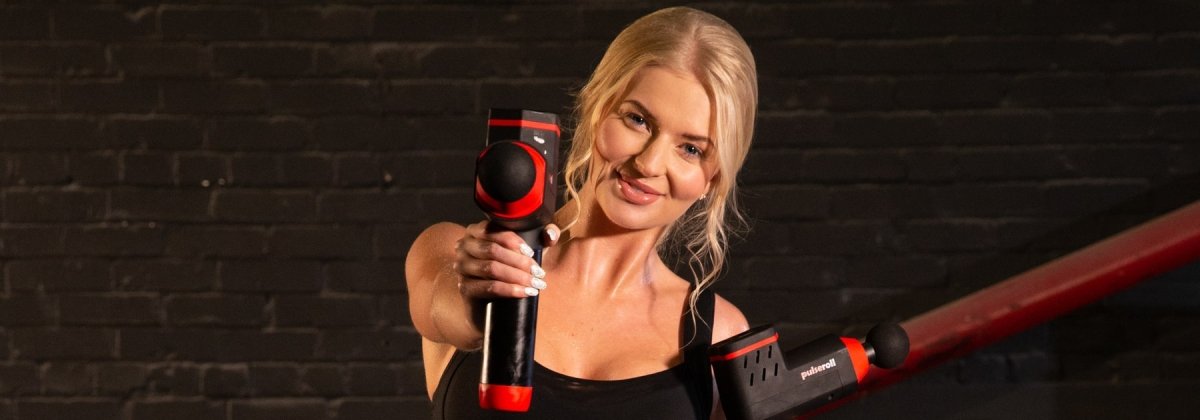After a strenuous workout, you'll likely experience muscle soreness and fatigue. When that happens, most people take a break from workouts and take anti-inflammatory drugs. While those measures may work in the short term, there are better ways to speed up muscle recovery.
Do you suffer from Delayed Onset Muscle Soreness (DOMS) after a challenging workout? It's a common problem but can easily be avoided. You put your muscles through intense movements when you exercise, which wears them down. You can do various things to speed muscle recovery up after a workout so that you have more energy for the next session.
How Long Does Delayed Onset Muscle Soreness Last?
Delayed onset muscle soreness typically occurs 12 to 24 hours after activity and can peak between one and three days.
There is no obvious answer as to why there is a delay in muscle pain. However, the duration of your soreness is very likely to be determined by the intensity of your activity.

The more intensive the activity, the longer the muscle-mending and rebuilding process may take.
It's okay for your muscles to feel sore, but it shouldn't last too long.
It's normal for your muscles to feel a little sore after a workout. This is because you are using muscles that may not be used to being worked. However, the soreness should only last a day or two.
If you are still sore after a couple of days, it may indicate that you are overtraining. In this case, you should back off your workout intensity and allow your body to recover.
Tips To Speed Up Muscle Recovery
Below are some tips on some things you can do to speed up the recovery process.
Stay Hydrated
Dehydration is one of your worst enemies when it comes to muscle repair. Fluid is required to cleanse injured muscles. Drinking 6-8 ounces of water every 15 to 30 minutes of activity is a good idea. If you skip this crucial phase, your pain will be more extreme and go on for longer.

Consider this: Before and after your workout, weigh yourself. Have you lost any weight? For every pound lost, drink 8 ounces of water.
Drinking water after exercise will help you eliminate toxins and stay hydrated. Dehydrated muscles are painful!
Get More Sleep
Sleep is vital for various reasons, but it is also among the most significant components of exercise recovery. It may not appear to have an immediate effect on muscle pain, but it is therapeutic.
According to a review in Sports Medicine, non-rapid eye movement (NREM) sleep promotes protein synthesis (producing new proteins), which is required to heal injured muscles.
So, there are better times than the post-workout period to stint on sleep. The National Sleep Foundation recommends getting at least seven hours of sleep.
It is critical to allow your body adequate recuperation time! Sleep deprivation may make you more prone to damage.
Take Cold Baths or Apply Ice Packs.
Applying ice to the region is thought to promote muscle recovery by lowering tissue temperature, blood flow, and inflammation. A general athletic procedure is known as cold water immersion or cryotherapy.
Inflammation is a normal part of physical activity, training, and recuperation. It increases blood flow so more nutrients are directed at the problem area.
Excess inflammation, on the other hand, might lead to muscle strain if you overdo it. Cryotherapy can help in halting this process. As a result, there is less inflammation and a reduced chance of muscular discomfort and damage.
Foam Roll to Warm Up and Cool Down
Foam rollers are the most effective form of muscle recovery tools. They work by breaking up knots and sore spots in the muscles.
Scientific research has shown that Pulseroll vibrating foam rollers break up scar tissue and knotting in the fascia, which is the main reason you feel soreness. You can roll out the muscles before and after workouts.

Through applied pressure, a foam roller (a long, cylinder-like piece of equipment) promotes blood flow to your muscles. Consider it a low-cost deep tissue massage for yourself. Relax tight muscles and speed up the healing and recovery process by slowly rolling over regions of tension.
Spend 10 to 15 minutes after your workout utilising a foam roller before beginning stretching exercises. When the muscle is relaxed, it may be pushed further than when it is tight.
Use A Massage Gun
Another popular method for promoting post-workout muscle recovery is massage guns (also known as "percussive massage treatment" or "vibration therapy").
Pulseroll has massage guns that function similarly to massage in general. When put on your muscles, these portable machines provide quick vibrations that improve blood flow to that area. Many massage guns come with attachments of various shapes and sizes to help target different-sized muscle regions.
According to Leada Malek, DPT, CSCS, a board-certified sports specialist in San Francisco, few studies have explicitly studied the usefulness of massage guns. Still, massage guns may combine two scientifically supported elements: traditional massage and vibration treatment. Previous studies, for example, discovered that both strategies are equally beneficial in avoiding DOMS.

To use a massage gun after a workout, target a tight spot and softly brush over the muscle. Increase pressure as much as you can tolerate but not excessively. The Hospital for Special Surgery recommends three to five sweeps over one region at a time. If you spend too much time in one place, you risk aggravating the muscle.
Increase Your Protein Intake
Eating protein before bedtime aids muscle repair after exercises. Protein is effectively digested and absorbed as you sleep, which can boost muscle protein synthesis by up to 22% and enhance whole-body protein balance in post-exercise overnight recovery.
High protein foods are good muscle recovery foods. Eating protein first thing in the morning can also help curb food cravings throughout the day.
Stretch Out
Most individuals stretch immediately after a workout, but stretching on your regular days is incredibly beneficial! Strive for full-body stretches; the longer and more you can do, the better.
Do Exercise
Sore muscles require rest, but that doesn't mean you should sit on the sofa all day. By all means, take a rest day, but also you may want to try easy activities, such as restorative yoga, a leisurely stroll, swimming, biking, or even light resistance training. The idea is to avoid completing another challenging workout with the same muscle groups on consecutive days.
You want to get the circulation flowing to aching muscles so that oxygen and nutrients may be delivered – without causing more harm to the muscular tissues.
Avoid NSAIDs
Although you might be tempted to take a pain reliever and call it a day, doing so may jeopardise critical aspects of the muscle-building process. Nonsteroidal anti-inflammatory medicines (NSAIDs) such as Ibuprofen and Naproxen may relieve muscular discomfort, but they may also hinder your muscle fibers from coming back larger and more robust.
Brief research published in the August 2017 edition of Acta Physiologica discovered that taking the maximum recommended dose of over-the-counter ibuprofen slowed gains throughout an eight-week strength training program aimed at increasing muscle and strength in young people.
Does Warming Up Reduce Muscle Soreness After Exercise?
As you may have heard, stretching may help avoid injury and pain. Stretching your muscles before you exercise, on the other hand, is usually not a brilliant idea.
A Cochrane analysis of 12 research studies examining how stretching before or after an exercise affects subsequent muscle soreness concluded that stretching did not affect muscle soreness within a week following a workout.

Data shows that a dynamic warmup shortly before an exercise might minimise muscular soreness for up to two days after that. However, the reduction in soreness demonstrated in the studies was minor.
Apply these steps regularly, and you'll practically be an expert in muscle recovery!
Conclusion
While soreness is often a normal part of working out, it can be uncomfortable to deal with and slow down the progress of your exercise routine. Fortunately, there are many things you can do to speed up your muscle recovery after you experience soreness. One of them is using a massage gun, which can be the most effective way to reduce pain without any hassle.
We hope this article has provided you with some valuable tips you can use to speed up the recovery process so you can get back to your workout routine as soon as possible.
FAQs
Is it safe to exercise with painful muscles?Working out while you're sore is fine as long as it's not impacting your mobility to the point where you're compensating and doing something harmful. Muscle soreness might stop people from exercising, but it's temporary; as you exercise more, it will go away.
Do painful muscles indicate muscle growth?Muscular soreness is associated with a muscle injury, which is not essential for muscle development. You can be sore after every session if you want to be comfortable after every workout.
How long does it take for an exercise to recover sore muscles?Your muscles may be able to recuperate in 24 hours after any low intensity exercise, but a more strenuous session may take two to three days. Extreme exercises may cause muscles to recover more slowly. Another aspect that might impact your healing time is how well you sleep.
Should I miss a workout because I'm sore?You need to allow your muscles more time to heal if you continue to work out even though you are hurting. Pushing oneself during a period of pain might result in an overuse injury. Overall, you are putting your health in danger by not resting.
Why are my muscles still aching after four days?Exercise-induced muscle discomfort is referred to as delayed onset muscular soreness (DOMS). DOMS typically take 24-48 hours to develop and peak between 24-72 hours after activity. Any substantial muscular discomfort lasting more than five days might indicate severe muscle damage beyond what is "normal".
How painful is too painful?Normal soreness develops between 24-72 hours after an exercise and does not prohibit you from doing everyday activities. If it lasts much longer, it might indicate severe damage if it is so powerful that it stops you from working correctly.
How can I recover faster after a workout?To accelerate your recovery following a strenuous workout, drink plenty of water. Hydration is essential for healing after an exercise.
You need to get adequate rest. Getting enough rest is undoubtedly one of the most efficient strategies to recuperate from any type or degree of physical exercise. Massage and eating healthful foods can also help.
Are bodybuilders usually in pain?Many skilled athletes and bodybuilders are rarely uncomfortable after exercising. Their bodies are so conditioned to exercise that they seldom traumatise their muscles enough to trigger the stress reaction that causes excruciating discomfort.
What drinks relieve muscular pain?Drink at least 14-16 ounces of water or nutritious beverages like coconut water, green or black tea, or chocolate milk. A low sugar, tart cherry juice is also beneficial. You might also go for a low-sugar sports drink. These beverages include electrolytes like potassium and salt, which can help prevent and ease muscular cramps.
What is the best meal for muscle recovery?Foods like cheddar, cottage cheese, sweet potato, and watermelon promote muscle recovery. A balanced meal consisting of these food items is suitable for muscle recovery.
Which muscles heal the most quickly?Various muscle groups tend to heal at different speeds. Smaller muscles (biceps, triceps, calves) heal faster than bigger muscles (lats, quadriceps, hamstrings, etc.).






